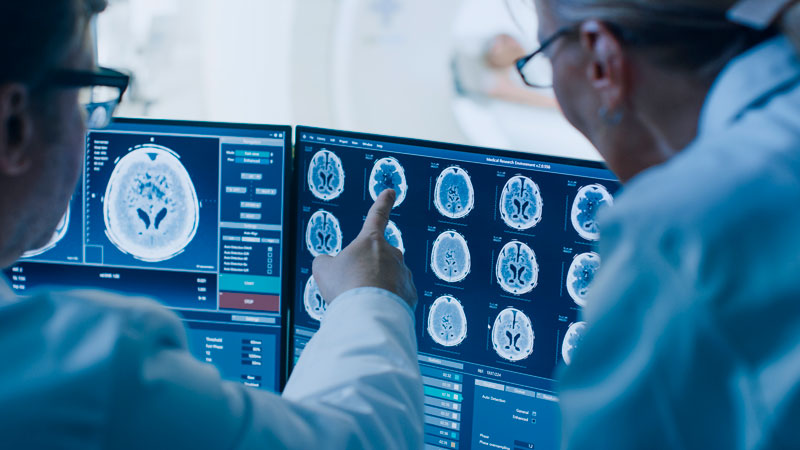In studies carried out in different cohorts such as AIBL (https://pubmed.ncbi.nlm.nih.gov/32179698), AB255 (https://pubmed.ncbi.nlm.nih.gov/31787105) and FACEHBI (https://pubmed.ncbi.nlm.nih.gov/30497535), the TP42/40 ratio has made it possible to discriminate patients with cortical beta-amyloid (Aβ) pathology confirmed by positron emission tomography (Aβ-PET positive) from those who are Aβ-PET negative with sensitivities between 77-89% and negative predictive value (NPV) between 64-97% which are highly relevant values for a screening test.


Plasma TP42/40 ratio levels correlated significantly with Aβ-PET levels measured in in Standardized Uptake Value Ratio (SUVR) and Aβ42 in cerebrospinal fluid (CSF) (https://pubmed.ncbi.nlm.nih.gov/32179698 and https://pubmed.ncbi.nlm.nih.gov/31787105).
Additionally, the lower the TP42/40 ratio the faster the Aβ-PET-SUVR increases (https://pubmed.ncbi.nlm.nih.gov/28948206) and the higher the risk of developing dementia in patients with mild cognitive impairment (MCI) (https://pubmed.ncbi.nlm.nih.gov/31787105).

